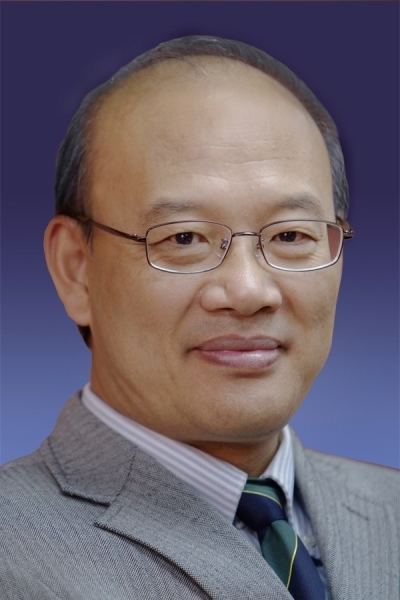Native name 王恩哥 Role Physicist Occupation Physicist Residence Beijing, China | Years active 1990 - present Name Wang Enge | |
 | ||
Education | ||
Political party Communist Party of China | ||
4 . Prof Wang Enge - Introduce PKU of Physics
Wang Enge (born January 1957) is a Chinese physicist and academician of the Chinese Academy of Sciences. He succeeded Zhou Qifeng to the office of the President of Peking University on 22 March 2013. From 15 February 2015, he becomes the Vice President of Chinese Academy of Sciences.
Contents

Prof Wang Enge - welcoming
Early life
Wang was born into a wealthy and highly educated family in Shenyang, Liaoning. During the Down to the Countryside Movement, he became a sent-down youth in Liaozhong County. After the Cultural Revolution, he was accepted to Liaoning University in December 1977, obtaining a B.S. and M.S. in theoretical physics. Before graduation, Wang went to study in America at Princeton University. Wang received his Ph.D. from Peking University in July 1990. In January 1992, Wang attended the University of Lille Nord de France.
Career
In 2007, Wang was elected an academician of the Chinese Academy of Sciences, at the age of 50. In 2009, Wang served as the President of School of Physics of Peking University. On 22 March 2013, Wang was promoted to become the President of Peking University. He is a recipient of the 2005 TWAS Prize.
